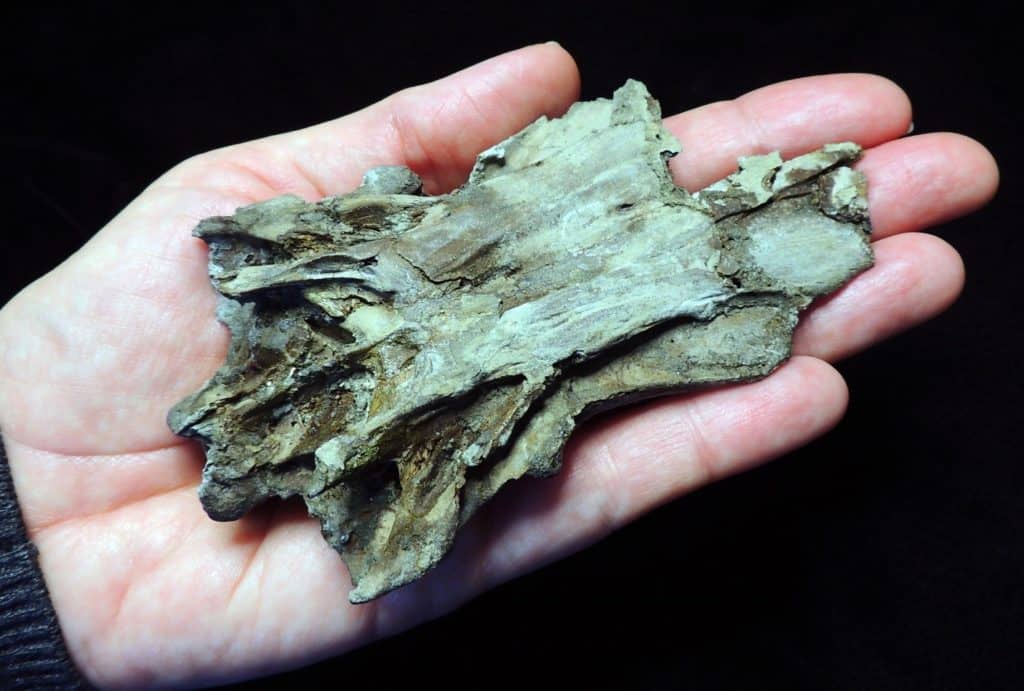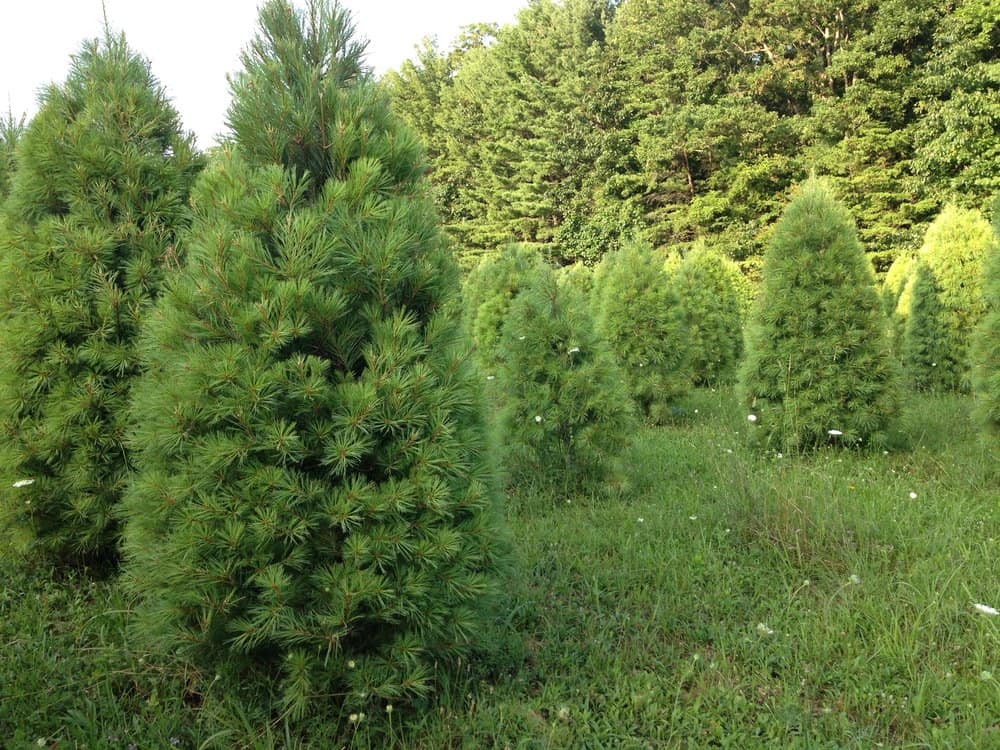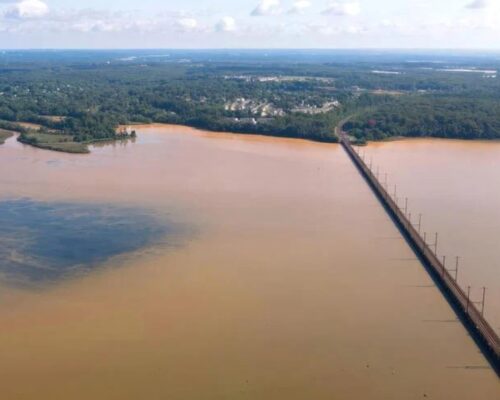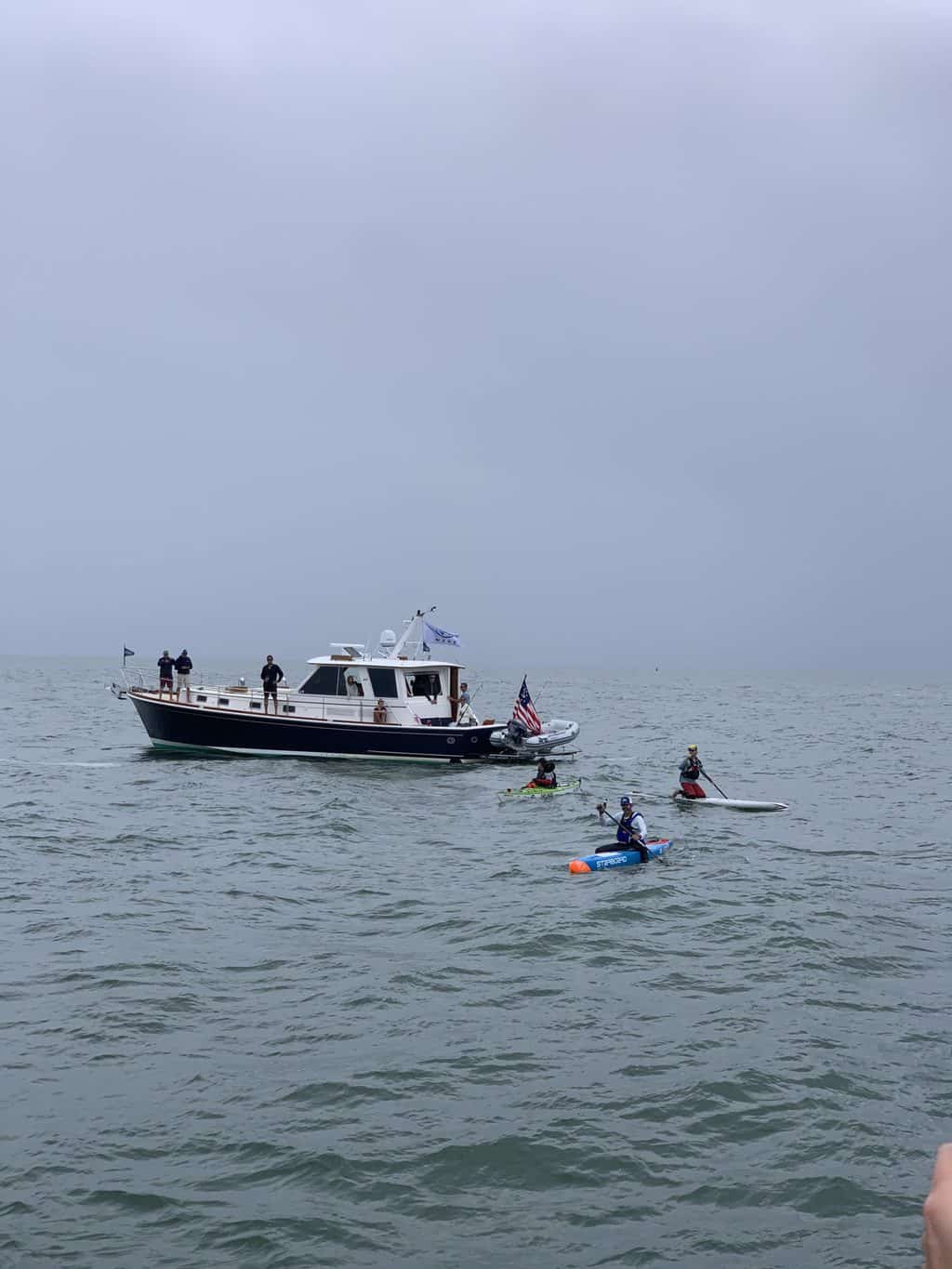It’s every hobby paleontologist’s dream: to discover an entirely new species, and have it named after you. It happened to two amateurs along Calvert Cliffs, with a never-before-seen cobia skull.
The Journal of Paleontology just published details of the April 2019 find by fossil enthusiasts Stephen Groff and Marcus Jones.
Groff and Jones found the bony braincase of a cobia inside a block of sediment that had fallen onto the beach from a nearby cliff face.
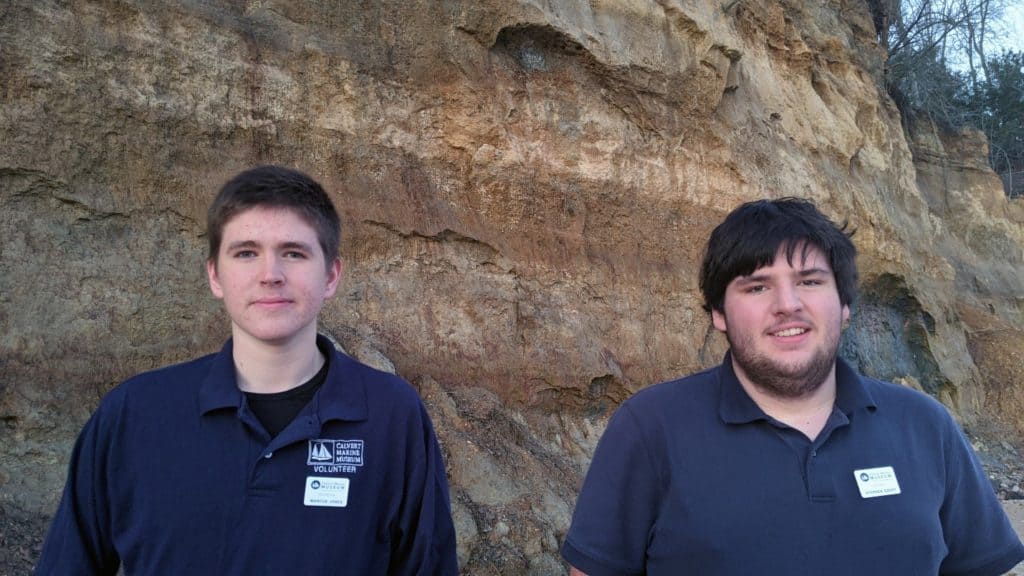
Groff says, “It wasn’t until the next day when I returned with Calvert Marine Museum (CMM) Paleontology Collections Manager John Nance to collect the specimen, that we realized it was a skull, and it was then that I knew this was going to be something special.”
Groff carefully removed the 10 million-year-old bones from the sediment using a microscope, needles, and a fine brush. The bones, about the size of a hand, turned out to be the first cobia skull found in the fossil record. It looked different enough from the living cobia that we know in today’s Chesapeake region that it was determined to be a new species.
Calvert Marine Museum Curator of Paleontology Dr. Stephen Godfrey, along with fossil-fish expert Dr. Giorgio Carnevale of Torino, Italy, named the new species of cobia Rachycentron stremphaencus. They named it after the co-discovers, Stephen and Marcus. “Stremphaencus”is a mashup of their names.
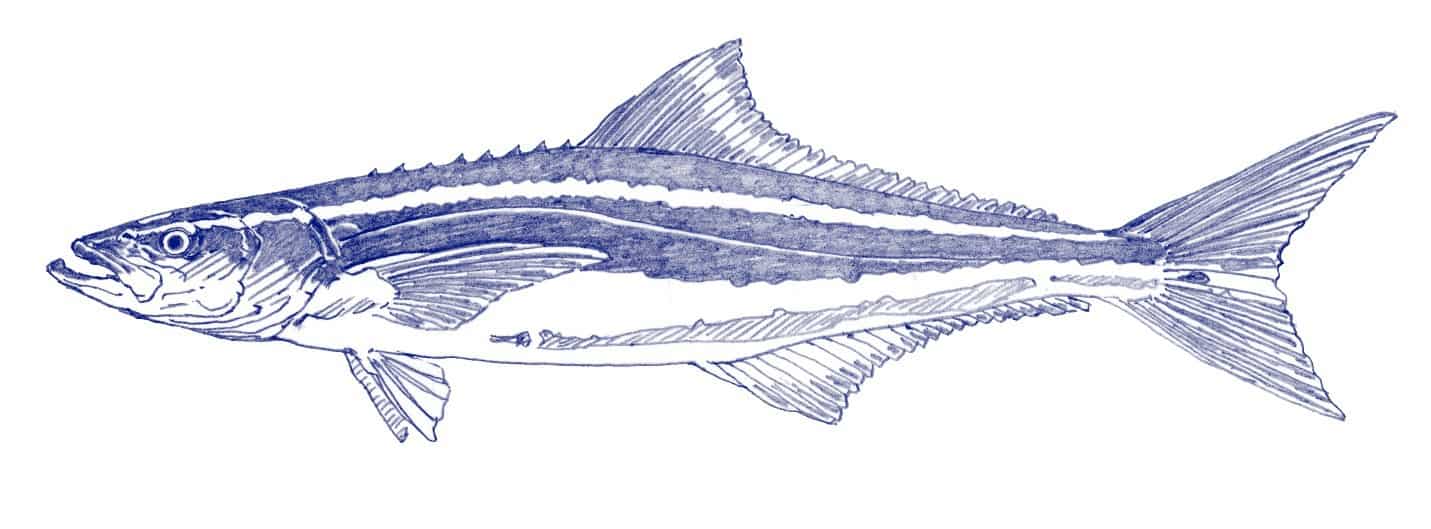
The clay and sandy sediment surrounding the fossil suggests the cobia lived in a shallow marine environment like the present-day Chesapeake Bay.
The first cobia in the fossil record is big news for both amateur and professional paleontologists. Jones says, “It’s a privilege to be able to participate in such an exciting field.”
Groff and Jones both longtime volunteers at CMM, continue their fossil hunts at Calvert Cliffs, inspired by their big find.
Calvert Marine Museum warns all fossil hunters that digging in the cliffs is dangerous and is illegal without a permit. If you see a skull, bone, or unusual fossil in the cliffs, please report it to the museum at 410-326-2042. If the find is important, they will have trained personnel collect the specimen, giving full credit to the finder.
-Meg Walburn Viviano

